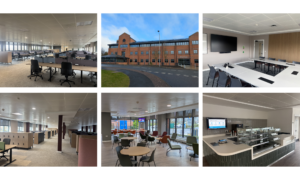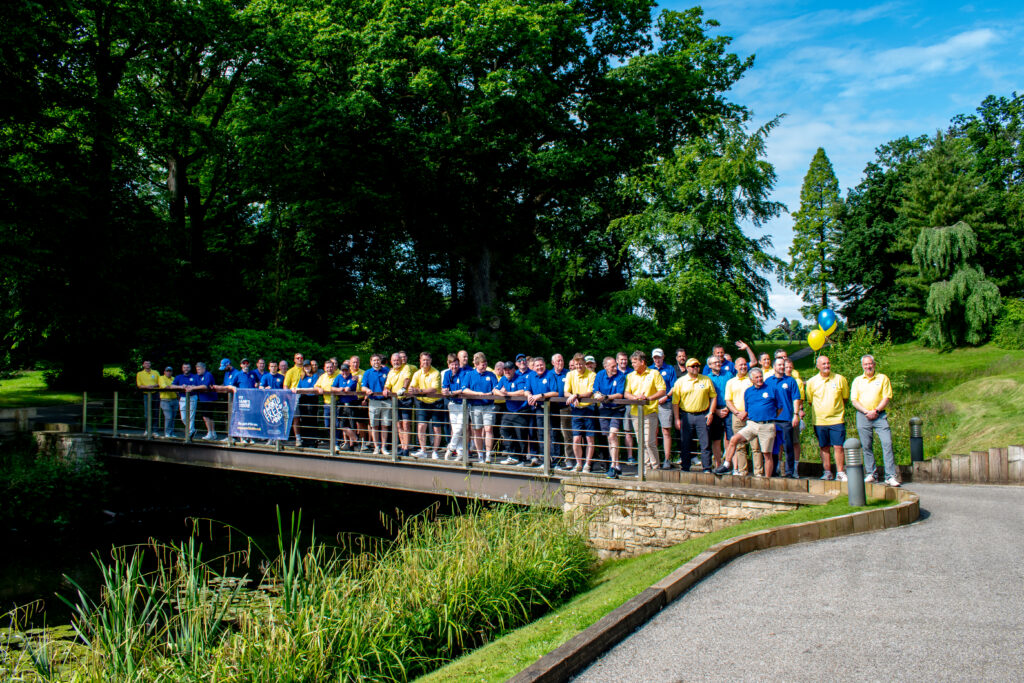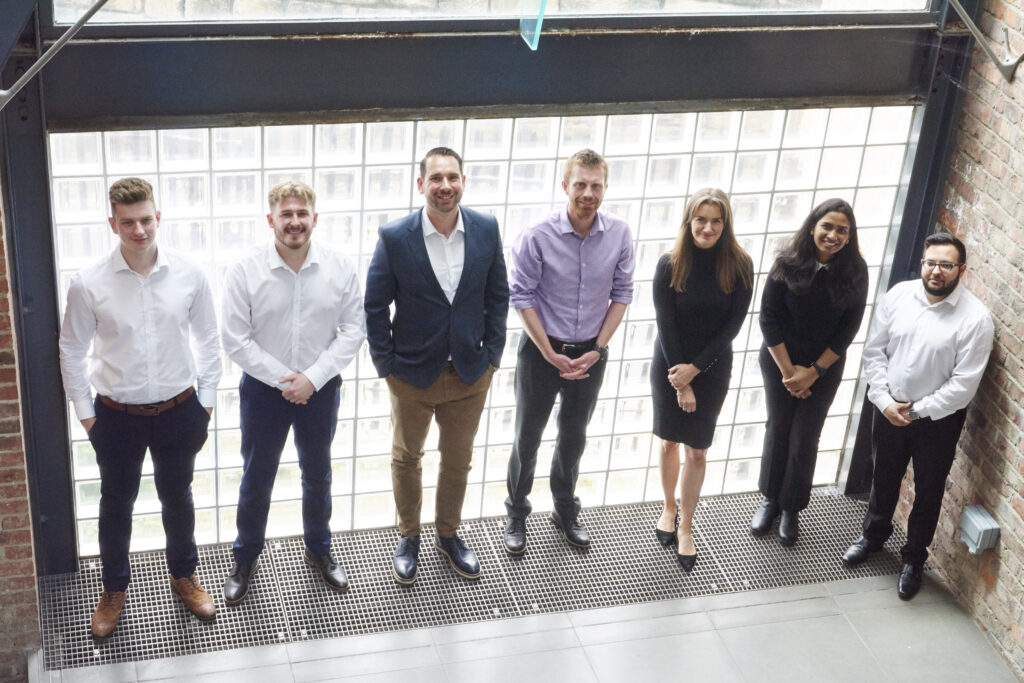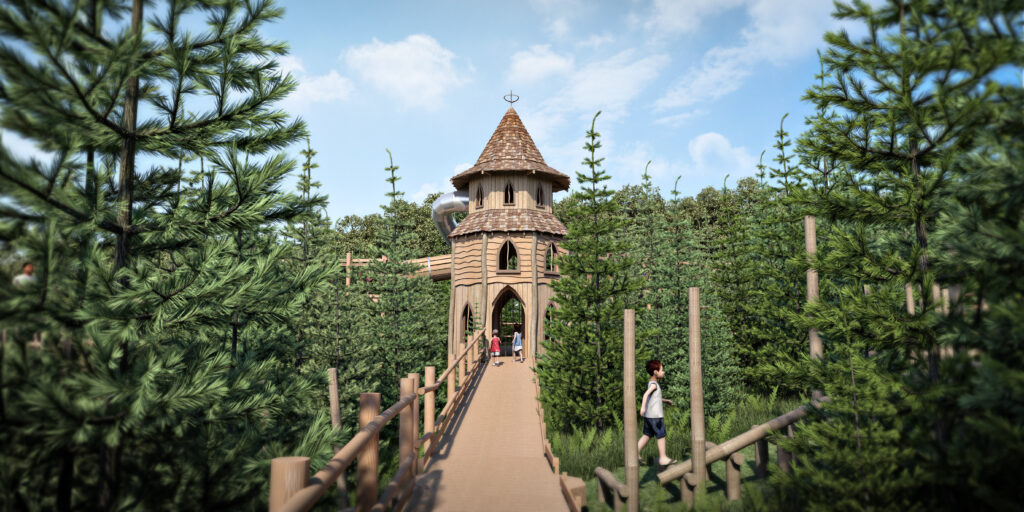TGA are thrilled to share Durham University’s Boldon House has now been handed over!
The project involved the complete strip out of the M&E installation, with the building forming part of a decarbonisation strategy supported by SALIX funding.
The project included collaboration from TGA’s Mechanical, Electrical, Building Information Modelling and Building Performance teams. The TGA team worked closely with the wider Design and Construction Teams, as well as working in tandem with the University Estates team.
The building is following a hybrid working model based on circa 650 professional services staff allocated to the building, and it is anticipated that there will be between 350 and 400 staff working in the building at any given time. This was a crucial factor in determining the servicing strategies and how this could form part of the basis of the design and be incorporated into the design process. This was necessary to ensure that the internal environmental conditions and building systems infrastructure could accommodate the staff and function that the building will now serve.
There was a major shift in how the building was serviced, this included the removal of gas fired boilers and utilising air source heat pumps to provide thermal energy for the building. The building was also provided with low energy natural ventilation and heat recovery units to aid internal comfort conditions, with the increased electrical demand and consumption being somewhat offset by the introduction of multiple roof mounted photovoltaic arrays.
The change from gas as a main thermal energy generator on site and to allow for future adaptations, it was determined that the electrical supply arrangement to the building would need to be upgraded. This included the investigation into the building demand and available capacity, ultimately resulting in the need for a new packaged substation being provided that was dedicated for the Boldon House site.
As part of the University’s carbon reduction commitment and drive towards more sustainable developments, TGA also provided a key role as sustainability lead. This included developing and then monitoring the sustainable performance criteria of Boldon House, using a set of bespoke sustainability Key Performance Indicators (KPIs).
The removal of the building’s reliance on fossil fuels for heating and energy production was a key aspect of the sustainability credentials for the building. This was also combined with meeting or exceeding the RIBA 2030 targets for energy demand and embodied carbon in new office buildings. The building was also required to achieve an EPC rating of B and a DEC target of B. The project design achieved an EPC score of A and a projected DEC score of B.
A further step included the incorporating of the SKA rating system and the target to achieve SKA Gold. TGA led the assessment process through design and construction, achieving SKA Gold at Design Stage and are on target to achieve this at Construction Stage once all of the handover evidence is completed. The SKA rating system is an environmental assessment method, benchmark, and standard for non-domestic fit outs. The Gold rating represents the highest threshold a development can achieve, requiring 75% of the measures within the scope to be met.
The project was developed by TGA through Stages 2, 3 and 4 alongside the client design team, and through Stages 5 and 6 alongside the Construction Team as part of a novation agreement.
Words by Project Director, Jason Jobes:
“The building has now been redeveloped, repurposed, reimagined and will now be reused and hopefully enjoyed by those who are to call it their place of work. New construction is not always necessary, and in a world where recycling and reusing is key to conservation and environmental protection, the investment by Durham University to undertake such a challenging project is to be admired.”
The project, all told, ran for almost 3 years and truly was a concept to completion scheme. Involvement from TGA spread across a number of departments and teams, including traditional Electrical and Mechanical Engineering, as well as Building Performance and Building Information Modelling.
Boldon House is a project to be proud of for all those involved and should have such a positive impact on Durham University for years to come!




